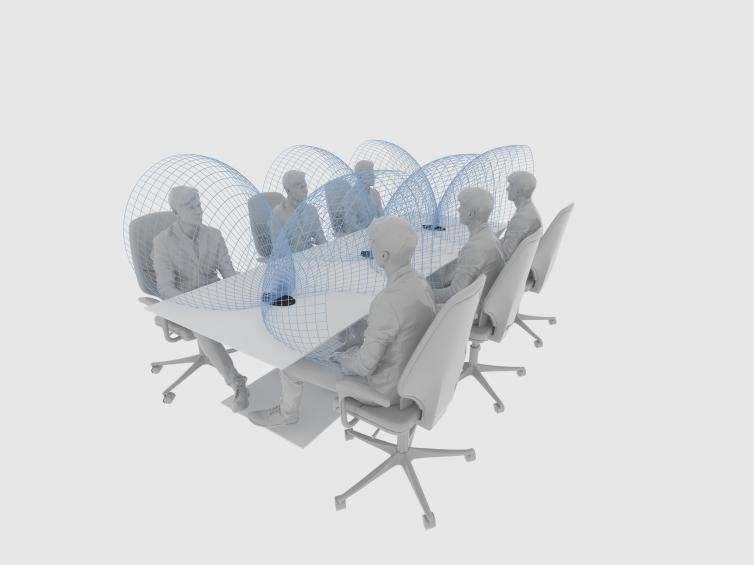Microphone digital directivity variable patented technology
2025.06.27
Win Power Electronics is the first manufacturer in China to successfully develop variable-directional microphones for conference systems, breaking the foreign technology monopoly. After years of technology accumulation and research and development, it has brought variable-directional technology into the 2.0 era - the "digital variable-directional microphone" has been successfully developed, which is also the world's first variable-directional microphone used in conference systems.
Through flexible directional adjustment, precise noise suppression and convenient control, it is widely used in high-end conferences, speeches and professional recording scenes, providing intelligent and accurate sound pickup experience.

Advantages of variable directivity microphone:
1、The directivity of traditional microphones is fixed in a single mode. When the application scene changes, it cannot be used well. The microphone or microphone core must be replaced, which is very inconvenient. The variable directivity microphone has no specific mode, but adjusts the directivity according to different environments, locations, meeting modes, and the needs of speakers. This is a qualitative innovation for ordinary fixed directivity microphones. For example, when a video conference switches to a regular meeting, or when a venue switches from a business negotiation to a speech mode, the required directivity is different. The traditional single directivity microphone cannot meet the need for switching at any time, while the variable directivity microphone can be switched at any time, which is convenient and simple;
2、Solve the problem of howling in meetings. Traditional single-directional microphones are generally cardioid. However, in actual applications in conference systems, some venues have relatively poor acoustic environments due to objective reasons, such as long reverberation time and hard walls (such as glass or marble walls) around them, which bring multiple reflections and make howling easy. Cardioid microphones cannot be used in such occasions. Variable-directional microphones can be adjusted to sharp cardioid mode (strong directivity) according to the environment. At this time, the directivity is very narrow, and sound is only emitted towards the speaker, shielding signals reflected from other directions, enhancing the speaker's signal, and suppressing the generation of howling.
Support 5 modes

Application of variable directivity microphone in conference microphone:
Omnidirectional: Sound has the same sensitivity in all directions.
Omnidirectional microphones are suitable for video and small conferences. One microphone can pick up sound in 360 degrees, eliminating the need for multiple microphones.
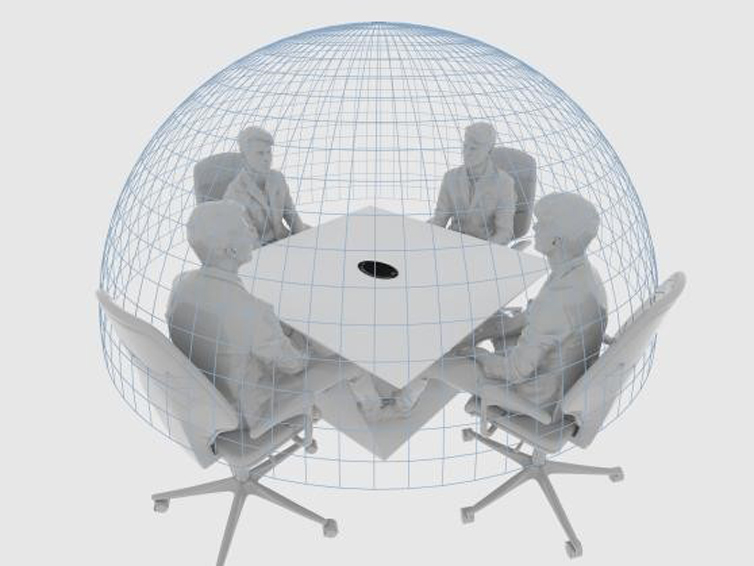
Wide cardioid polar pattern: A combination of omnidirectional and cardioid polar patterns.
Wide cardioid mics are suitable for natural vocals that require some proximity effect, for talkers with a slightly wider range of movement, or for two people sharing one mic.
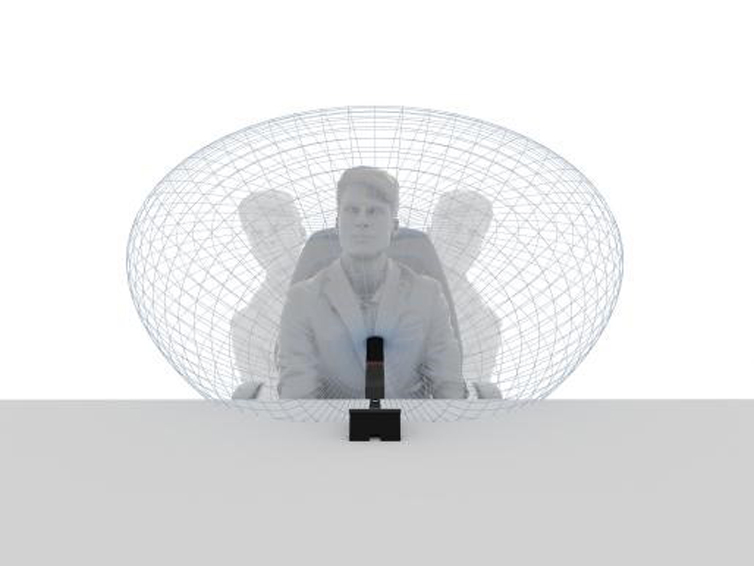
The speaker has a wide range of activities
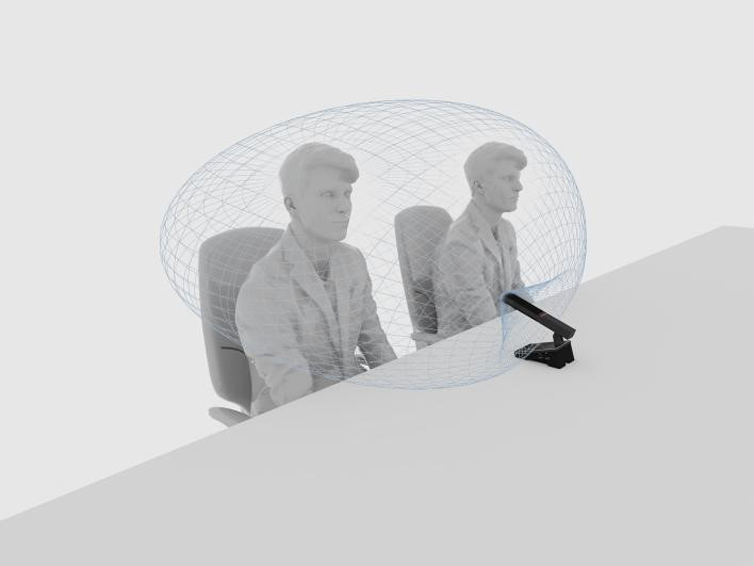
Two people share one microphone
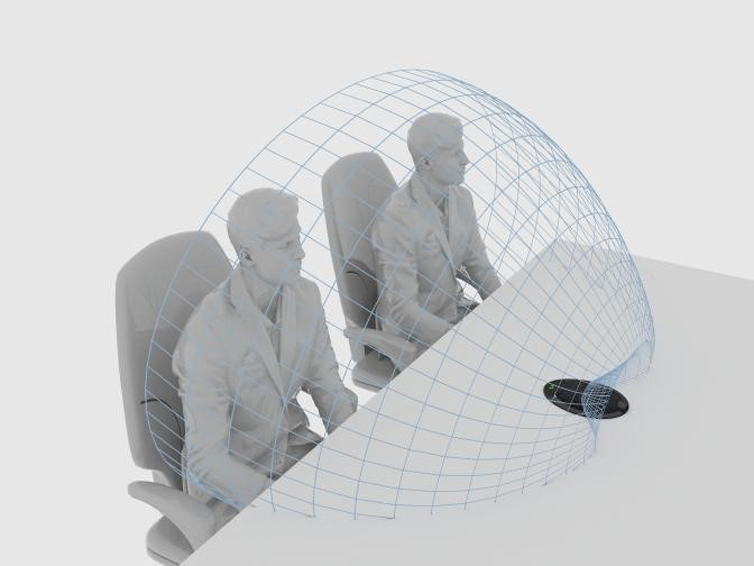
Two people share one microphone
Cardioid polar pattern: This most commonly used polar pattern is most sensitive at 0 degrees and least sensitive at 180 degrees.
This polar pattern is versatile and suitable for almost all audio applications.
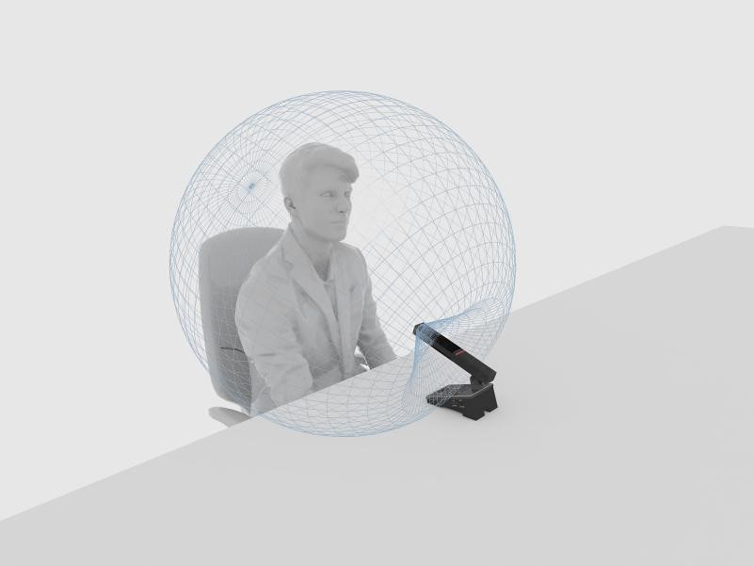
Hypercardioid Polar Pattern: Hypercardioid is more directional than cardioid
This polar pattern is particularly advantageous in live applications, as it allows for high-gain feedback suppression, can increase microphone gain sensitivity and is less prone to howling, and can be used in situations where the microphone is farther away from the speaker.
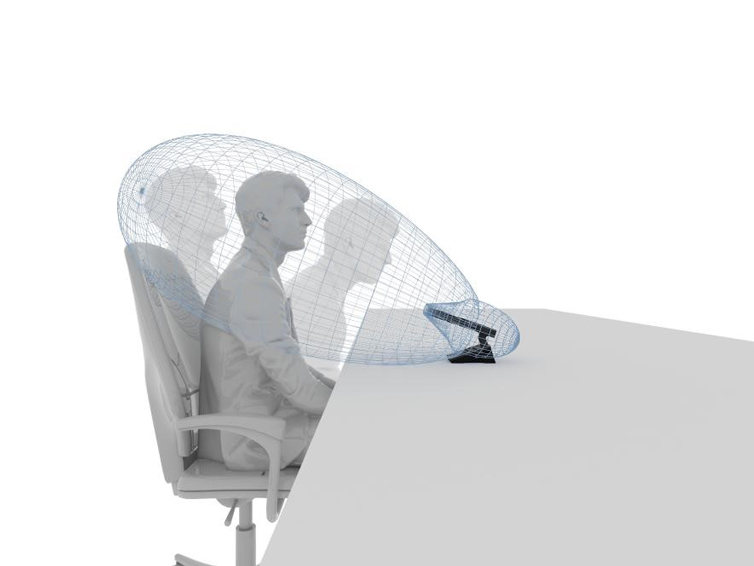
The 8-shaped direction has the same sensitivity at 0 and 180 degrees, and the sensitivity is weakest at 90 and 270 degrees. It is more suitable for situations where the speaker shares a microphone across from the speaker. At the same time, when the microphone and the speaker are at a 90-degree angle, the system is not prone to howling.
